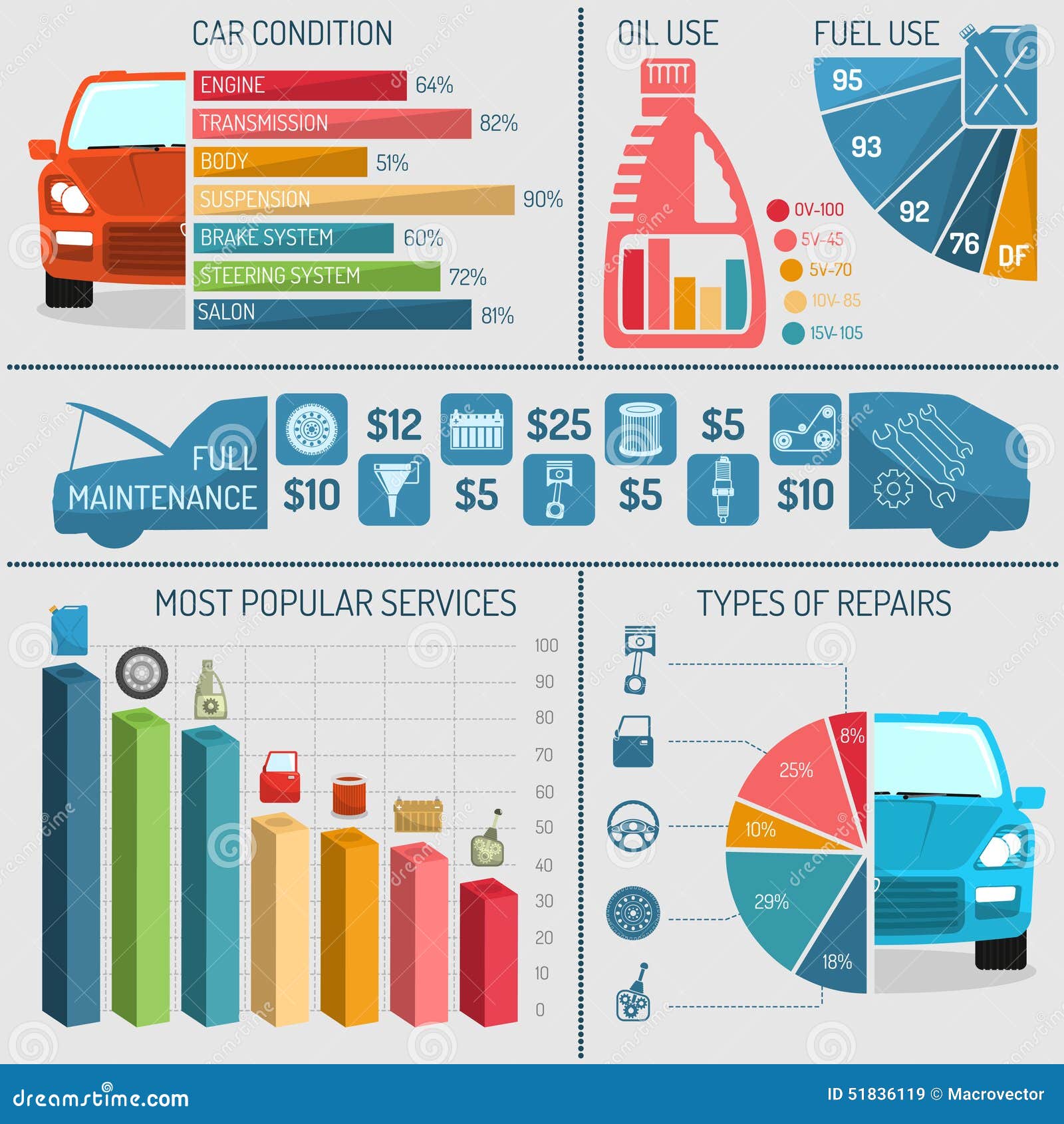Understanding The Significance Of Your Vehicle'S Warning Signals: What They Really Stand For
Understanding The Significance Of Your Vehicle'S Warning Signals: What They Really Stand For
Blog Article
Created By-Faulkner Alvarado
When you're behind the wheel, those glowing warning lights on your control panel can be a little bit complicated. Do you know what they're attempting to tell you concerning your vehicle's health? Recognizing the value of these lights is important for your safety and security and the longevity of your car. So, the next time one of those lights pops up, wouldn't you wish to analyze its message precisely and take the necessary actions to address it?
Common Caution Lights and Interpretations
Identify typical warning lights in your auto and comprehend their definitions to make sure secure driving.
One of the most normal caution lights include the check engine light, which indicates issues with the engine or emissions system. If this light comes on, it's crucial to have your car inspected without delay.
The oil pressure warning light indicates low oil pressure, calling for instant focus to stop engine damage.
A blinking battery light may recommend a malfunctioning billing system, potentially leaving you stranded if not addressed.
The tire pressure surveillance system (TPMS) light signals you to low tire stress, impacting lorry stability and gas effectiveness. Neglecting this could bring about harmful driving conditions.
The abdominal muscle light indicates a problem with the anti-lock stopping system, compromising your ability to stop swiftly in emergency situations.
Finally, the coolant temperature advising light warns of engine overheating, which can result in serious damage if not solved quickly.
Comprehending use this link will assist you attend to issues quickly and preserve risk-free driving conditions.
Importance of Prompt Interest
Comprehending the usual caution lights in your auto is only the first step; the relevance of immediately resolving these warnings can't be emphasized enough to ensure your safety on the road.
When a warning light illuminates on your dashboard, it's your vehicle's method of connecting a possible concern that needs interest. Ignoring these cautions can bring about a lot more extreme issues later on, jeopardizing your safety and potentially costing you a lot more in repairs.
Motivate attention to warning lights can avoid malfunctions and mishaps. As an example, a blinking check engine light might suggest a misfire that, if left neglected, might trigger damage to the catalytic converter. Resolving this promptly can conserve you from a pricey fixing.
Likewise, a brake system cautioning light might signal reduced brake fluid or used brake pads, critical components for your safety when driving.
Do It Yourself Troubleshooting Tips
If you notice a caution light on your control panel, there are a couple of DIY repairing tips you can attempt before seeking expert aid.
The initial step is to consult your cars and truck's handbook to comprehend what the details caution light suggests. In some cases the issue can be as easy as a loosened gas cap setting off the check engine light. Tightening up the gas cap may fix the trouble.
Another typical issue is a low battery, which can cause different advising lights. Examining informative post for deterioration and guaranteeing they're protected might fix the trouble.
If a warning light lingers, you can attempt resetting it by detaching the vehicle's battery for a few mins and then reconnecting it. Additionally, checking your automobile's fluid levels, such as oil, coolant, and brake fluid, can aid troubleshoot cautioning lights related to these systems.
Final thought
Finally, understanding your vehicle's warning lights is vital for maintaining your vehicle running efficiently and securely. By immediately dealing with these notifies and knowing what they suggest, you can avoid expensive repair services and possible break downs.
Keep in mind to consult your automobile's handbook for particular details on each alerting light and act as necessary to make certain a hassle-free driving experience.
Stay informed, stay risk-free on the road!
